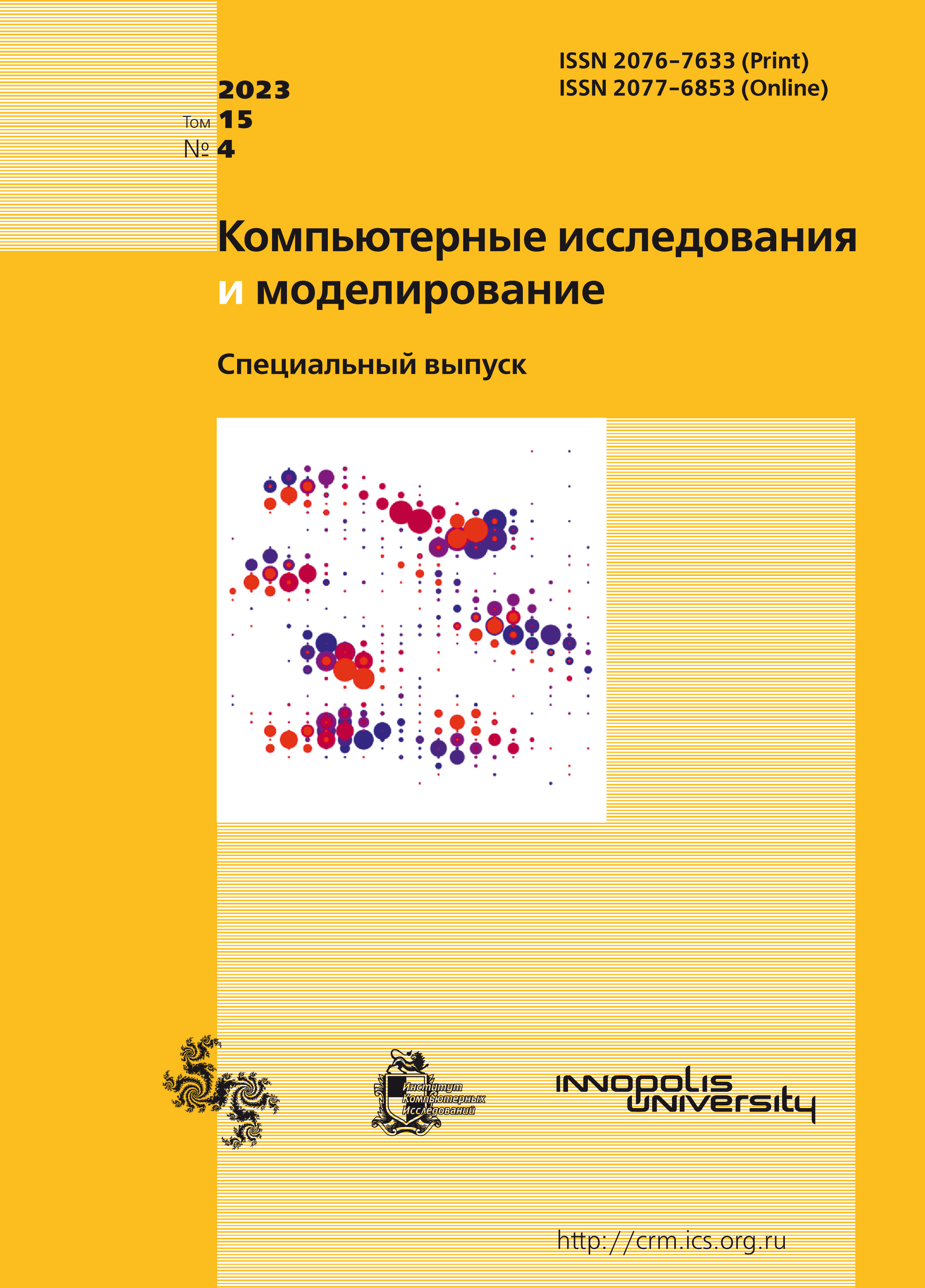All issues
- 2025 Vol. 17
- 2024 Vol. 16
- 2023 Vol. 15
- 2022 Vol. 14
- 2021 Vol. 13
- 2020 Vol. 12
- 2019 Vol. 11
- 2018 Vol. 10
- 2017 Vol. 9
- 2016 Vol. 8
- 2015 Vol. 7
- 2014 Vol. 6
- 2013 Vol. 5
- 2012 Vol. 4
- 2011 Vol. 3
- 2010 Vol. 2
- 2009 Vol. 1
Methodology of aircraft icing calculation in a wide range of climate and speed parameters. Applicability within the NLG-25 airworthiness standards
 pdf (2896K)
pdf (2896K)
Certifying a transport airplane for the flights under icing conditions in Russia was carried out within the framework of the requirements of Annex С to the AP-25 Aviation Rules. In force since 2023 to replace AP-25 the new Russian certification document “Airworthiness Standards” (NLG-25) proposes the introduction of Appendix O. A feature of Appendix O is the need to carry out calculations in conditions of high liquid water content and with large water drops (500 microns or more). With such parameters of the dispersed flow, such physical processes as the disruption and splashing of a water film when large drops enter it become decisive. The flow of a dispersed medium under such conditions is essentially polydisperse. This paper describes the modifications of the IceVision technique implemented on the basis of the FlowVision software package for the ice accretion calculations within the framework of Appendix O.
The main difference between the IceVision method and the known approaches is the use of the Volume of fluid (VOF) technology to the shape of ice changes tracking. The external flow around the aircraft is calculated simultaneously with the growth of ice and its heating. Ice is explicitly incorporated in the computational domain; the heat transfer equation is solved in it. Unlike the Lagrangian approaches, the Euler computational grid is not completely rebuilt in the IceVision technique: only the cells containing the contact surface are changed.
The IceVision 2.0 version accounts for stripping the film, as well as bouncing and splashing of falling drops at the surfaces of the aircraft and ice. The diameter of secondary droplets is calculated using known empirical correlations. The speed of the water film flow over the surface is determined taking into account the action of aerodynamic forces, gravity, hydrostatic pressure gradient and surface tension force. The result of taking into account surface tension is the effect of contraction of the film, which leads to the formation of water flows in the form of rivulets and ice deposits in the form of comb-like growths. An energy balance relation is fulfilled on the ice surface that takes into account the energy of falling drops, heat exchange between ice and air, the heat of crystallization, evaporation, sublimation and condensation. The paper presents the results of solving benchmark and model problems, demonstrating the effectiveness of the IceVision technique and the reliability of the obtained results.
Copyright © 2023 Sorokin K.E., Aksenov A.A., Zhluktov S.V., Babulin A.A., Shevyakov V.I.
Indexed in Scopus
Full-text version of the journal is also available on the web site of the scientific electronic library eLIBRARY.RU
The journal is included in the Russian Science Citation Index
The journal is included in the RSCI
International Interdisciplinary Conference "Mathematics. Computing. Education"






